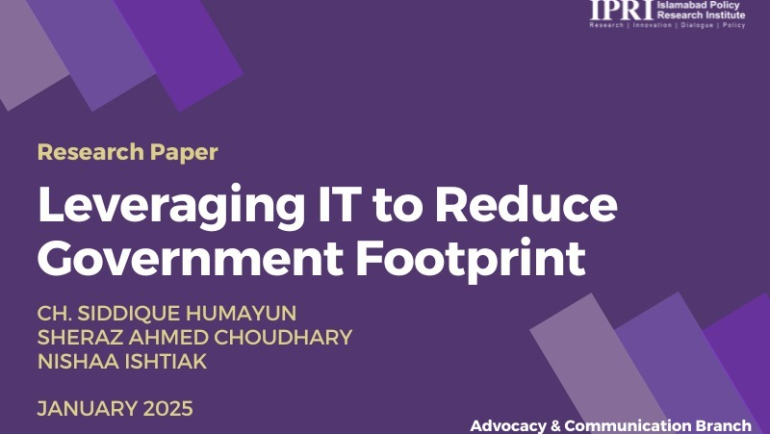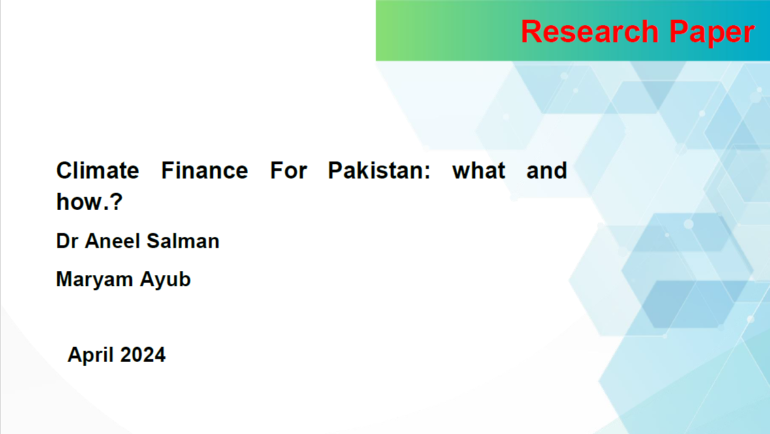Proponents of a free-floating or market-driven ER regime have argued that distortionary CB interventions in the foreign exchange (FX) market alter the ER trajectory. Historically, evidence shows such interventions result in ER misalignment, eventually leading to the widening of the trade deficits and balance of payment challenges.
Over the past year, the PKR stability has raised questions regarding the ER misalignment. The surplus in the Current Account, with an increase in exports and remittances, apparently supports the notion that market dynamics drive stability. However, concerns remain that administrative measures to curtail imports, coupled with distortionary CB interventions, are affecting the ER regime.
This paper conducts an empirical analysis to assess whether the ER is market-driven. It also shares proposals to make ER management more transparent and sustainable.
Objectives and Methodology:
Using a comprehensive VAR model, multiple ER-based indices, and global and regional macroeconomic indicators, this Paper:
• Explores the sustainability of PKR stability and the extent to which the ER is market-driven.
• Provides recommendations for establishing an optimal ER regime for Pakistan.
Key Findings:
The findings of this Paper highlight that Pakistan’s ER is not entirely market-driven. Despite significant changes in the ER leading indicators, such as a 30% change in the inflation rate, a 1000 bps (10%) decline in the policy rate, and significant fluctuations in the current account, terms of trade, and FX reserves, the ER has remained constant around PKR 279.
Policy Recommendations:
There is evidence to show that the balance of payment crisis faced frequently over the last two decades has been driven by an expansionary fiscal policy, leading to multiple bailouts from the IMF. To move towards an independent monetary and a market-based ER regime, the government may adopt measures to rein in the large fiscal deficits, including the losses of the SOEs. However, overly contractionary fiscal measures can also dampen economic growth. Therefore, a balanced fiscal strategy is necessary that emphasises reducing unproductive spending while protecting growth-promoting investments.
A volatile rupee, however, disrupts the economy through multiple channels and may need to be contained. However, FX intervention may not be used as a pretext for securing unfair socio-economic or political advantages, such as incentivising particular export industries, limiting imports to protect an inefficient domestic industry, or favouring particular interest groups.
The SBP may:
Manage the ER within a specific band or range, focusing on reducing immediate risks rather than acting as a market participant influencing broader economic cycles.
Publish a clear FX intervention policy framework that details when and how it will intervene to maintain stability.


